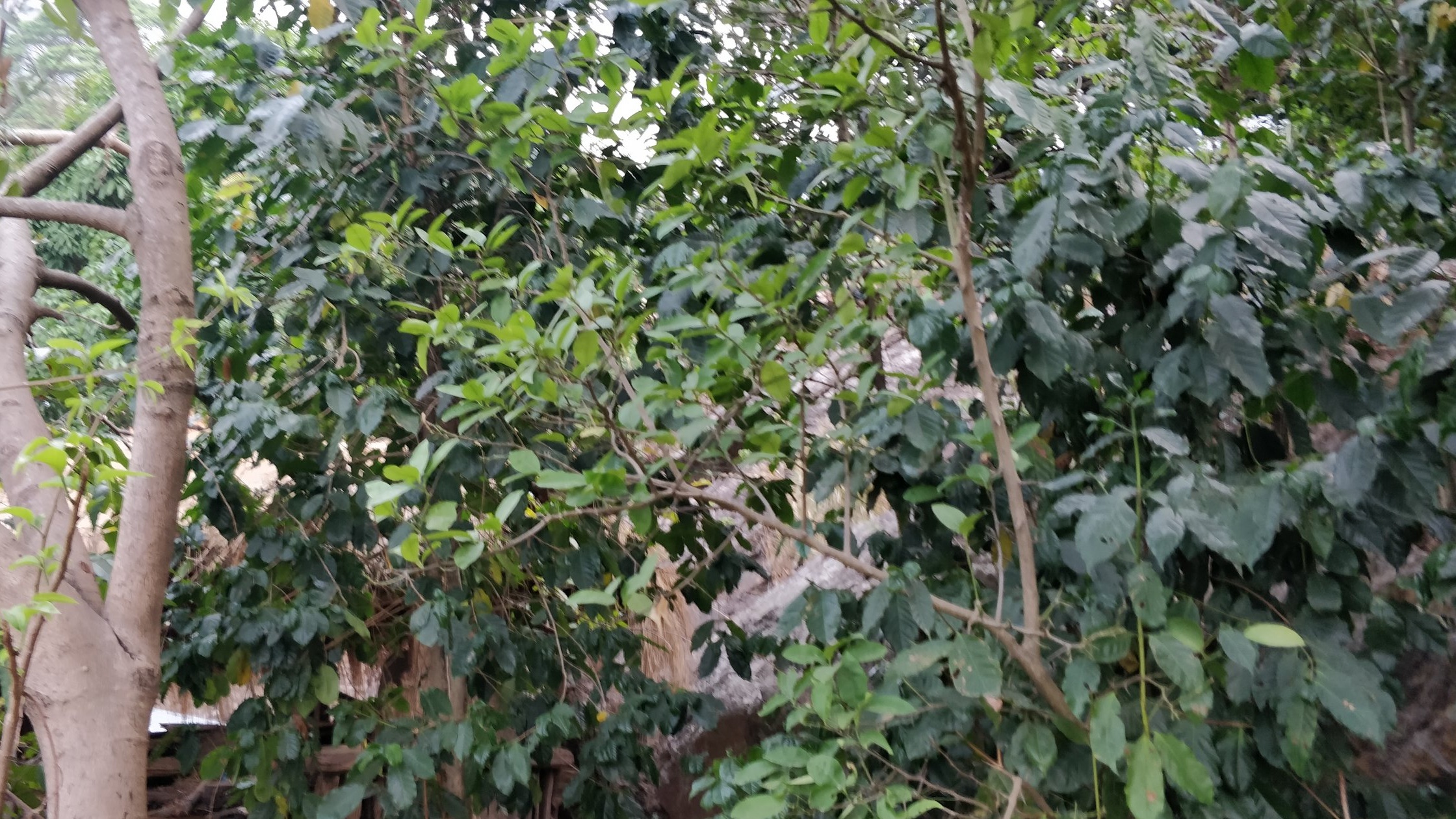Nawalparasi - Layer Farming for Adaptation
Our work in Nawalparasi to date has focused on irrigation and water management systems and adaptive capacity building under the title: Enhancing Community Capacities for Learning and Adaptation (ECCLA). This has been hugely successful, enabling 1,615 people to increase their resilience to climate change.
From 2019 onwards, working once again with HICODEF, our local NGO partner, we return to Nawalparasi, to start a new project. Layer Farming for Adaptation (LfA) will take our work to the slightly higher altitude villages of Deurali, above where ECCLA was run. Through this new project, farmers will be enabled to grow high value crops such as Coffee, which they will inter-crop with fruits and vegetables - the layer farming methods. Not only will this help with adaptation to climate change, it will also enable farmers to diversify both their diet and their income.
We have secured funding to begin this project, but need a further £3,500 / year to ensure it fulfills its full potential. Please read a summary of the project [pdf] and, for full details, our case for support [pdf].
Coffee trees are already growing in Upper Baseni, at the heart of the project area, but they have not been properly tended for years. The farmers we have spoken to know that their is significant potential to increase their income and resilience to climate change if they grow coffee commercially. They also told us that they want to be trained in how to tend, prune, pick, process and market their coffee. This is what the Layer Farming for Adaptation project will enable. Photo credit: HICODEF, 2019.
Coffee cultivation as a climate adaptation strategy
Across Nepal’s Himalayan foothills, coffee is being grown as a climate change adaptation and livelihood improvement strategy. TGT’s projects with Eco Himal Nepal in Solukhumbu (east Nepal) are already successfully working in this way. With support from the Marr Munning Trust, we have recently transferred this model to Kavrepalanchok (central Nepal). Through the LFA project we will introduce this methodology in Nawalparasi in partnership with HICODEF.
The model pioneered in Solukhumbu, has been refined to create the five-year LFA project tailored to Nawalparasi. The project has been designed by TGT and HICODEF in close collaboration with farmers in each of the seven villages and all relevant local government institutions. Eco Himal Nepal and Swiss INGO, HELVETAS have also provided expert advice and support.
Layer farming, Agro-Forestry and Education
Coffee will be grown using the organic ‘layer farming’ method, inter-cropped with fruits, vegetables and other high value crops to improve income, diet and resilience to climate change. Through this project, we will enable farmers in to grow coffee commercially for the first time.
We will also work with local primary school children and teachers to give them practical and theoretical knowledge of ecosystem-based adaptation and environmental conservation.
By the end of year five 35,000 coffee trees, with the potential to produce 5,000 tonnes of green coffee bean per year, will be planted. Farmers will be closely supported by one full time and two part-time staff as well as up to six agricultural apprentices.
Project location
Nawalparasi is in south-central Nepal and borders India. This project will focus on seven villages on the upper slopes of Siwalik mountains which rise up from Nepal’s extensive Terai plain to form the first foothills of the Himalayas.
The seven villages in the target area are: Lahape, Dhoubadi, Repaha, Pokhari, Mathillo Baseni, Durlunga and Charghare in eastern Nawalparasi. The altitude ranges from 800m to 1,350m above sea level. Despite being between 10km and 30km from the Mahendra Rajmarg national highway, these are very remote villages. Monsoon rains and swelled rivers frequently make the few dirt roads that service the area impassable; often for several months of the year.
HICODEF’s most recent survey found that across the seven villages, there are 260 households, home to 1,018 females and 883 males. The majority of people living here are very low-income subsistence farmers.
If you are interested in funding this work, please contact our UK Co-Director, Dr. Morgan Phillips.


